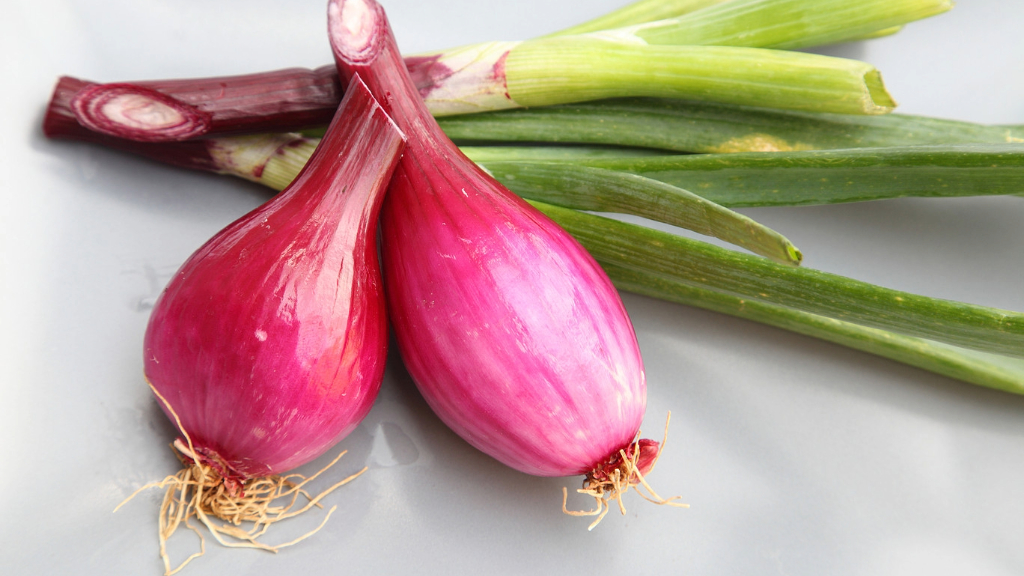Growing Long Red Florence Onions


Ahh, the zippy taste of onions - they're found in nearly every recipe and great additions to salads and sandwiches. There are also soooo many to choose from, including heirloom varieties rich with history. One such plant is the Long Red Florence onion.
Red of Florence Onion Plant History
Onions are among some of the oldest cultivated plants in history. Ancient Egyptians ate them commonly, even supplying hungry builders of the Great Pyramids with the scrumptious, albeit pungent, treats. The origin of the onion (Allium cepa) is not known with certainty but may perhaps be Central or Western Asia. Its use and popularity eventually spread throughout Europe and finally the U.S. with the settling of the New World. Long Red Florence is an Italian heirloom originating from Tuscan, Italy sometime in the 1800s.
This heirloom is also known by a number of other names: Rouge de Florence, Rossa di Firenze, Rossa Lunga Di Firenze, Rossa di Toscana, Florence Simiane, Italian Torpedo or Italian Red Torpedo and Long de Florence Simane. Not that other onion varieties aren't appealing or anything, but these are exceptionally so to me - likely because I have a thing for stuff outside the norm.
These onions are elongated in shape (resembling a torpedo) and red in color. Their mildly sweet flavor and tenderness, along with ease of growth, make the onions yet another winner in the garden.
Growing Long Red Florence Onions
The onion is a cool-season vegetable that can be successfully grown just about anywhere. This particular variety is a long-day type. It can be sown in spring and fall in milder climates. Start onion seeds 4-6 weeks before the last frost, about ¼ inch deep, in soilless mix.
Once seedlings are large enough and the temps have warmed sufficiently, you can transplant them out, spacing about 8-12 inches. And like most onions, they make great companions to other veggies in the garden (with exception to beans or peas anyway). Depending on the size you want them, your onions will be ready for harvesting anytime between 100-120 days from transplant, sometimes as early as 60 days. Successive plantings every 2 to 4 weeks will ensure a continuous supply throughout the season too. Eat them in salads or cook like traditional onions.
Gardening tips, videos, info and more delivered right to your inbox!
Sign up for the Gardening Know How newsletter today and receive a free copy of our e-book "How to Grow Delicious Tomatoes".

Nikki Tilley has been gardening for nearly three decades. The former Senior Editor and Archivist of Gardening Know How, Nikki has also authored six gardening books.
-
 Never Plant Seedlings Until They Pass These 3 Simple Tests
Never Plant Seedlings Until They Pass These 3 Simple TestsDon't be over-eager to transplant seedlings into the garden before they are ready. These quick and easy checks will help ensure flourishing plants.
By Mary Ellen Ellis
-
 Grow ‘Karl Rosenfield’ Peony Plants For The Ultimate Frilly Border Beauties And Cut Flowers
Grow ‘Karl Rosenfield’ Peony Plants For The Ultimate Frilly Border Beauties And Cut FlowersFor frilly double magenta peony petals infused with a heady fragrance, grow ‘Karl Rosenfield’ peony plants. Here’s how to cultivate the ultimate plushy blooms
By Tonya Barnett